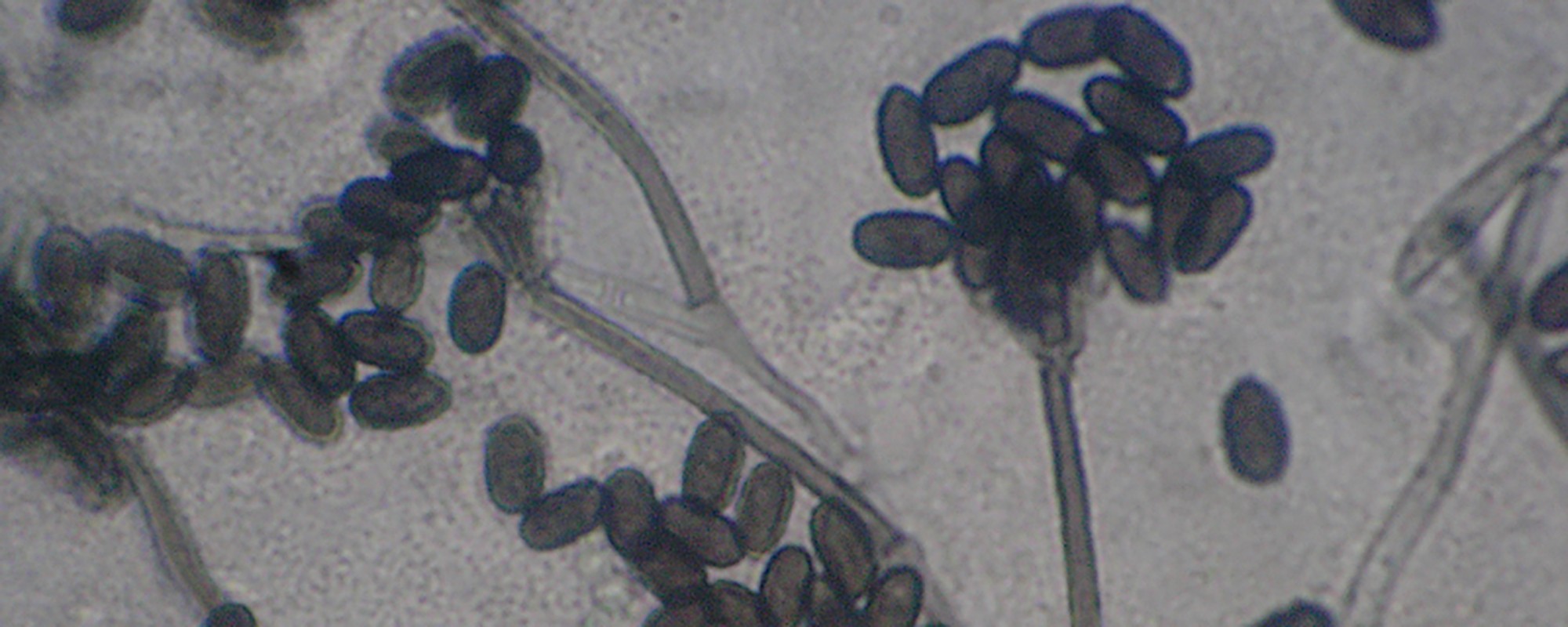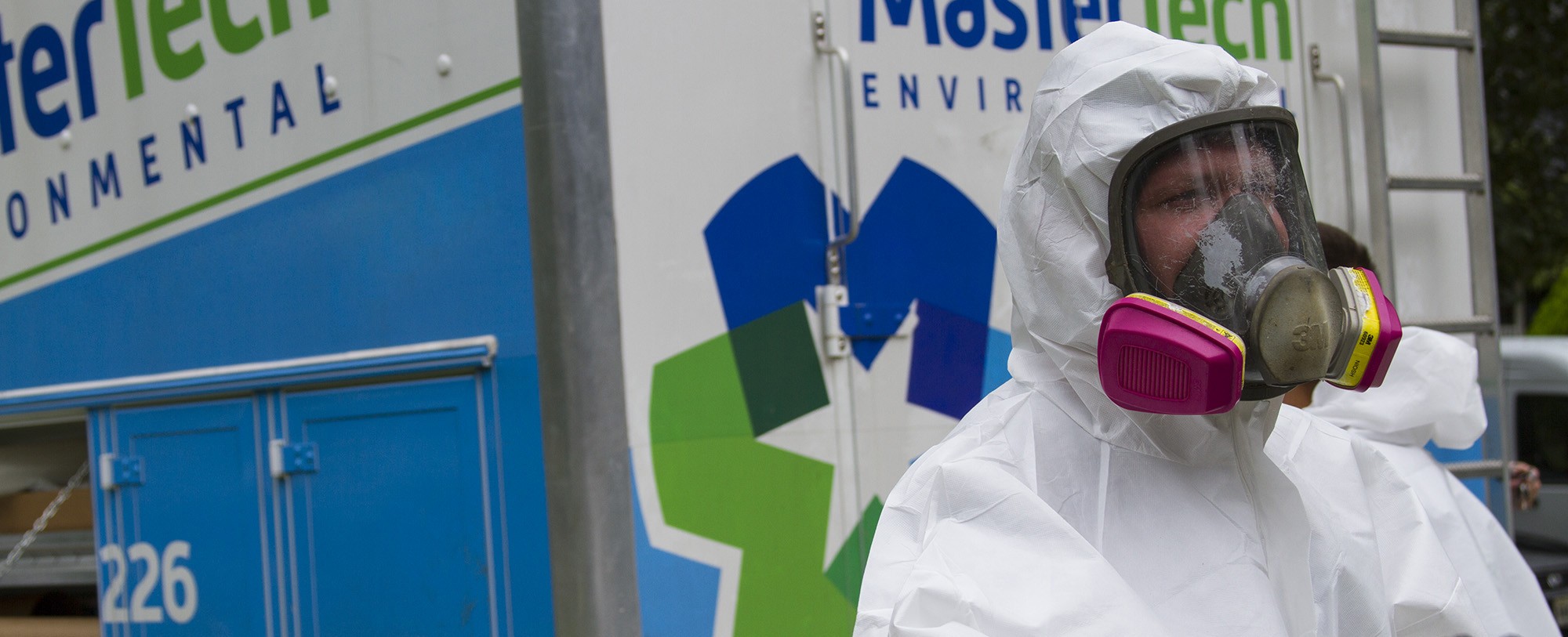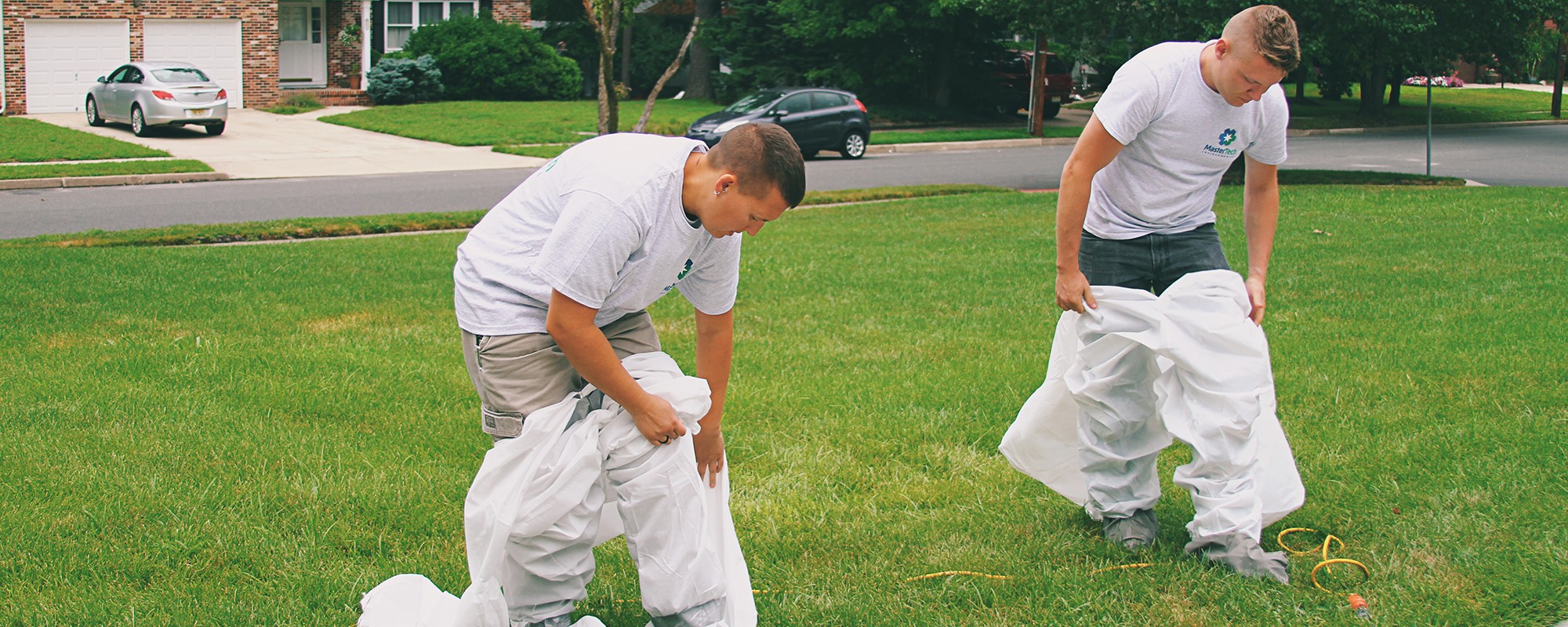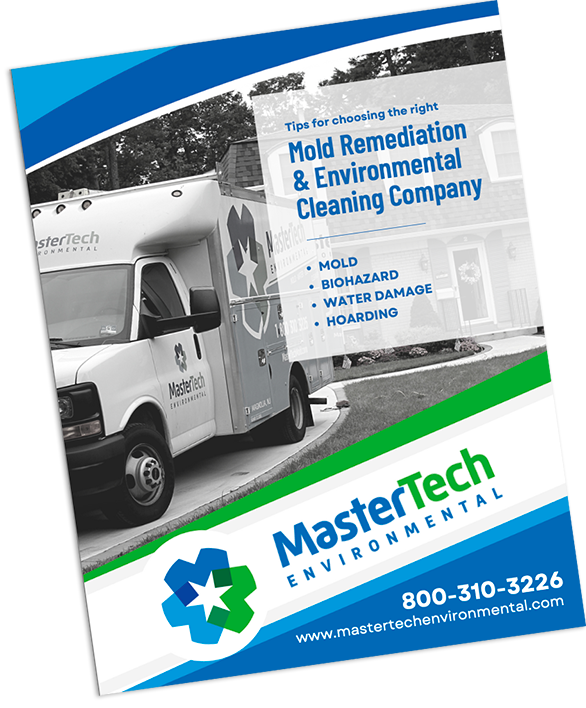What is Dangerous Black Mold?
In recent years, there has been a heightened awareness of the dangers of mold and VOCs. This is both great and not to great. It is important that property owners are well-informed and understand the reality of the possible dangers that are associated with mold. HOWEVER, with the all the information that is readily available to us, there is also a lot of misinformation. As New Jersey property owner, it is important to take the time to pick through the facts and myths around black mold, toxic mold and mold in general.
So what is “Dangerous Black Mold?” The sensationalized “Dangerous Black Mold” we all hear about is Stachybotrys. It is often seen as a water damage indicator because these molds are commonly seen in conditions of prolonged water intrusion. This species of mold is usually not present in normal indoor conditions, so its presence is often a sign of a serious moisture problem. It appears greenish-black in color. Stachybotrys is known as a toxic mold because it can produce mycotoxins which are potentially harmful to humans (depending on the individual).
Because of its role as a water damage indicator, Stachybotrys should worry NJ property owners– not simply because it can potentially cause health issues, BUT ALSO because it means significant moisture problems. In addition to possible health issues, black mold and water damage can mean property damage, compromised structural integrity and diminished property value. It is important to understand that if you have elevated mold growth in your NJ property, the mold needs to be removed AND the moisture source needs to be properly addressed to protect your home or business. If you have widespread mold growth following a major water event (like a flood or leak), you may need to contact a black mold removal company in New Jersey to safely and effectively address the mold and water damage.
More Than Just “Dangerous Black Mold” Or “Toxic Mold”
Be careful not to let the sensationalized threat of black mold distract you. Black mold is not the only kind of mold that releases mycotoxins. There are various other types of molds that also release mycotoxins. Any species of mold at elevated counts should be of concern.
With so much hype around “Toxic Mold” and “Black Mold,” it is easy for New Jersey property owners to get distracted and end up misinformed about mold in general. One of the most common misconception is that NJ property owners only need to worry about toxic mold or black mold. Again, Stachybotrys is often a very serious concern because it is not normally present in a healthy indoor environment. It’s growth is usually precipitated by significant water damage, which is a serious problem for home and business owners. However, just because it is not the infamous “Black Mold,” does not mean you should ignore it.
All too often we have clients who minimize mold, but emphasis toxic mold. We often get asked, “I probably have mold, but if it’s not toxic mold, then I don’t need to worry about it, right?” Elevated mold presence in your indoor environment, no matter the species, is an issue that usually requires professional attention. While it is perfectly normal to have some mold indoors, elevated mold presence means an underlying moisture problem. Unaddressed mold and moisture will worsen with time and leave you with potential health implications, property damage and expensive repairs.
It is important to understand that Stachybotrys is not the only species of mold that can release harmful mycotoxins. There are a wide variety of mold species that are also capable of releasing mycotoxins. Health symptoms associated with mold exposure can vary greatly per individual. Depending on the individual, symptoms can range from little to no symptoms to serious allergic reactions. Just because it is not making you sick, does not mean it is not a problem. Again, mold growth and moisture problems can compromise structural integrity, deteriorate building materials and diminish property value.
If you have a mold problem in your home or business, let a New Jersey mold remediation professional help.
Dangerous Black Mold Remediation Services in New Jersey
The most important take-away here is that serious mold growth of any kind, not just black mold, is a problem that needs to be safely and effectively addressed. Any species of mold can mean potential health implications. All mold damage and moisture problems can lead to serious property damage. If you suspect a mold problem in your New Jersey home or business, consider contacting a professional mold inspector in New Jersey to get to the bottom of it and prescribe and appropriate mold remediation solution.





